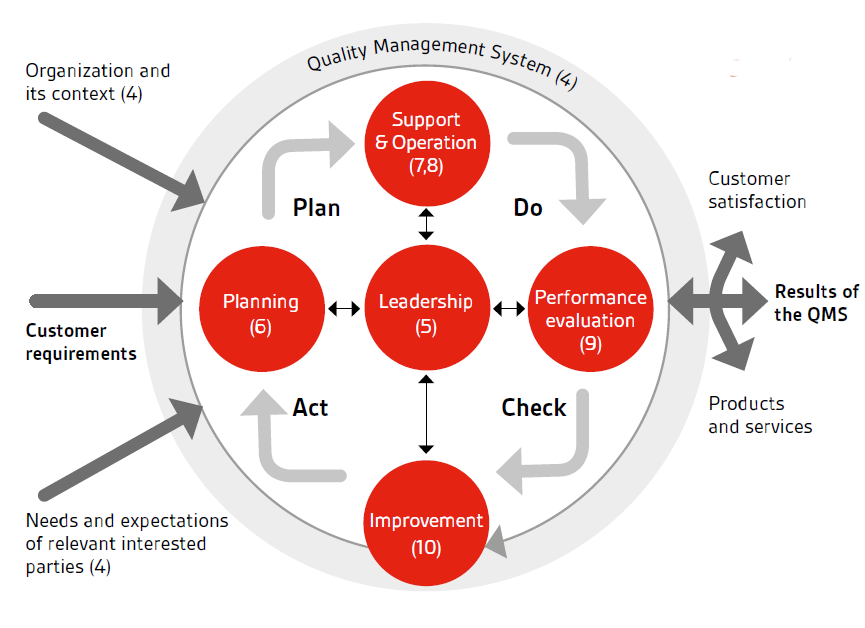Way back in 2008, something was really bothering me about the state of quality management. Mostly inspired by some pretty woeful projects, I was sure there should be some better approaches. My initial thoughts focused on better technical delivery using PSP/TSP as demonstrated by NavAir. This led me to the Carnegie Mellon SEI Capability Maturity Model Integrated (CMMI) and various other interpretations of assessing organisational process maturity. But this beggared the obvious question, “What comes after Maturity ?”
My approach at that time (2015) was the idea of rapid prototyping within a managed sandbox environment with manage interfaces to formal business as usual (BAU) systems. As you can see from my post, I was already looking to tie the differing standard based approaches to project management into some sort of hybrid.
In 2012 ISO started to make similar improvements to their approach to management standards by using Annex SL to standardise the from and structure of ISO Management System Standards (see a list of the standards that have been updated to Annex SL).

You will note that Annex SL approach has features that I think would seem familiar to almost anyone who has worked in management over the last 50 years (if not forever!). To me I see the best of all current favourite management philosophies. You have;
- The obvious similarities to 6σ (DMIAC) & design for 6σ (DMADV).
- The clearly review points and interfaces between stages of Prince2.
- The clear separation of leadership/project management functions from technical delivery of ISO 15288 and Prince2.
- And yes … even an Agile/Lean approach if you take the above figure as an single iteration rather then an overall upfront approach.
ISO 15288 has not been updated to the ISO SL Annex form of Management Standards but it does have a clear separation of management processes from technical processes. It is my preferred standard that I shoe horn in to what ever collaborations I am involved. What is it missing are some more rigorous methods to manage interfaces. These I have identified my preferred approaches to;
- Community/stakeholder strategic engagement through Future Inquiry (Blewett, Shaw, 2018).
- Eliciting user stories to identify stakeholder/user requirements using a consultative process inspired by the UTS U.Lab BikeTank project’s 5×5 design thinking method (see the book pg 88) and then formalising resulting stories by documenting them using Gherkin /plain language test cases for Behaviour Driven Design.
- Managing risk through the application of the EN 50126 model based approach of the demonstration of system performance in terms of expected levels of Reliability, Availability, Maintainability and Safety.
- An ITIL inspired Change Management process.
- And ultimately, the interfacing of system operations to ITIL inspired Service Agreements/Catalogues.
This is my approach thus far. I cannot recommend draw.io enough to produce these diagrams!




